Click on images to display
-
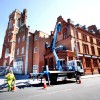
-
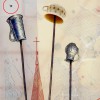
-
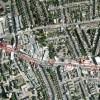
Acton is situated at the point where the clay of the Northern uplands encounters the gravels sloping down to the river Thames. This geological conjunction generates numerous brooks and springs providing fresh water, which played an essential role in the historic development of the site, fueling the growth of the town as a stop-off point for refreshment between London and Oxford. The place even acquired a reputation as a spa town and a place of rejuvenation for the people of London.
-
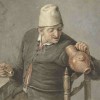
The work borrows its vocabulary from a number of drinking vessels found in archeological sites and used from 1086 - Acton’s first recording in the doomsday book to periods much closer to us.
-
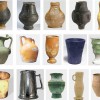
Twelve enlarged replicas of some of them are placed on buildings all along the High Street. They will invite the viewers not only to look at them but also, trying to locate them, to explore their surroundings in a new way, to pay more attention to their everyday environment.
-
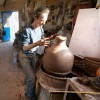
Jim Newboult fashioning one of the enlarged vessels at the Trinity Court Potteries, Nottinghamshire.
-
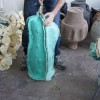
-
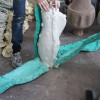
-
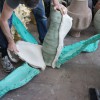
-

-
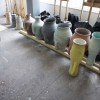
-
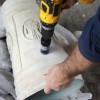
-
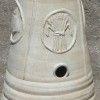
-
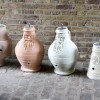
-

-
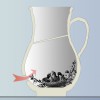
Nature is invited to take an active part in the work. The travelers, which used to stop in Acton are represented by an other type of travellers: birds. Each of the vessels contains a nesting box. The height of their locations, the size of the boxes and the diameter of their entry are adapted to specific bird species of which some are endangered. To invite life into it gives the work a wider dimension and extends it into the future, offering every year a shelter for new families of birds.
-
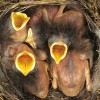
-
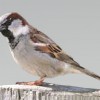
Sparrow
-
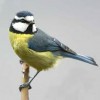
Blue Tit
-
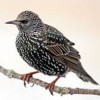
Starling
-
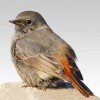
Red Start
-
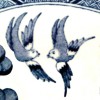
-
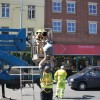
-
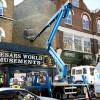
-
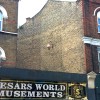
-
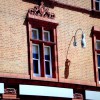
-
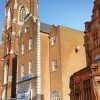
-
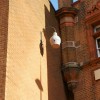
-
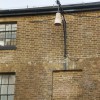
-
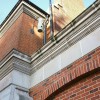
-
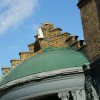
-
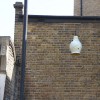
-
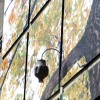
-

The oak tree is the heraldic emblem of the town which had been named from it: Oak Town = Acton. A first version of the project involved the planting of a mature oak tree in front of Saint Mary’s church as well as the organization of a yearly festival, involving businesses, shops and pubs all along the High Street. Some technical issues making difficult the realisation of these propositions, the project had to evolve to what it is now. The oak tree, nevertheless, still appears in a temporary part of the work: Beechworth House, a vast disused concrete building offering quite a grim presence on the High Street, now hosts the large photographic image of an oak tree covering its entire façade hence changing the atmosphere of the whole street.
-
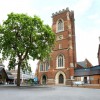
-
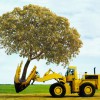
-
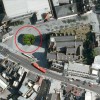
-
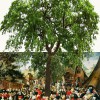
-
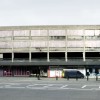
-
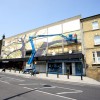
-
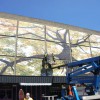
-
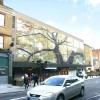
-
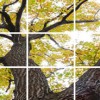
-

